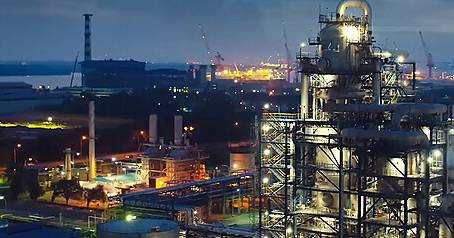Дек . 28, 2024 14:23 Back to list
precision surface plate
Understanding Precision Surface Plates A Key Tool in Metrology
Precision surface plates are vital instruments in the field of metrology and manufacturing, providing a stable and accurate reference plane for various measuring and checking tasks. These plates are essential for a wide array of applications, including dimensional inspection, assembly work, and the calibration of measuring instruments. In this article, we will explore the importance, characteristics, and applications of precision surface plates, as well as best practices for their maintenance.
The Importance of Precision Surface Plates
Precision surface plates serve as a foundational tool for ensuring accuracy in measurements. Their primary purpose is to provide a consistent flat surface against which other objects can be measured or verified. This is crucial in industries such as aerospace, automotive, and electronics, where even the slightest measurement error can lead to significant issues in product quality, safety, and performance.
When an object is placed on a precision surface plate, it can be measured using various techniques, such as calipers, micrometers, or coordinate measuring machines (CMMs). The flatness and stability of the surface plate allow for reliable measurements, helping to ensure that components fit together properly and function as intended.
Characteristics of Precision Surface Plates
Precision surface plates are typically made from materials like granite, cast iron, or steel. Each material has its advantages
1. Granite Known for its exceptional hardness and resistance to wear, granite is a popular choice for precision surface plates. It is also stable under varying temperature conditions, which is essential for maintaining accuracy over time.
2. Cast Iron Cast iron plates are durable and can offer good vibration damping properties. However, they may require more maintenance to prevent rust and wear compared to granite surfaces.
3. Steel Steel plates are often less expensive and can be very rigid. However, they are susceptible to corrosion and may not provide the same level of accuracy and longevity as granite or cast iron options.
Common features of precision surface plates include
- Flatness The surface must be within a specific tolerance to ensure accurate measurements. - Hardness The material must resist wear and deformation over time. - Size and Shape Plates come in various sizes, depending on the application, with most designed as rectangular or square shapes.
Applications of Precision Surface Plates
precision surface plate

Precision surface plates are used in various applications across different industries
1. Inspection and Measurement They are used extensively in quality control to measure the flatness of workpieces and to perform precise dimensional checks.
2. Assembly and Layout In assembly tasks, surface plates provide a level reference for accurately aligning components before fastening or machining.
3. Calibration Surface plates are often used to calibrate measuring instruments, ensuring that they produce reliable and accurate readings.
4. Manufacturing In manufacturing settings, they serve as a base for CNC machines and other tools to ensure that parts are produced to the required specifications.
Best Practices for Maintenance
To ensure the longevity and accuracy of precision surface plates, proper maintenance is essential
- Regular Cleaning Surface plates should be cleaned regularly to remove dust and debris. This prevents contamination that can affect measurement accuracy.
- Periodic Calibration Regular calibration checks are necessary to ensure the surface plate maintains its specified flatness and does not degrade over time.
- Avoiding Damage Care should be taken to avoid dropping heavy objects on the surface plate, as this can cause chips or dents that impact flatness.
- Environmental Control It’s important to store surface plates in a controlled environment, away from extreme temperatures and humidity, to prevent material expansion or contraction.
Conclusion
Precision surface plates are indispensable tools in the realm of precision measurement and manufacturing. Their ability to provide a stable and flat reference surface is critical for achieving accuracy in various applications. By understanding their characteristics, applications, and maintenance requirements, industries can ensure they make the most of these essential measuring instruments, ultimately leading to improved product quality and operational efficiency. In a world where precision matters more than ever, the significance of precision surface plates cannot be overstated.
-
Why Metric Trapezoidal Thread is Ideal for Precision Motion ControlNewsAug.05,2025
-
The Unique Properties of a Block of Granite for Industrial UseNewsAug.05,2025
-
The Role of Flanged Y Strainers in Preventing Pipeline ClogsNewsAug.05,2025
-
The Importance of Regular Calibration for Master Ring GagesNewsAug.05,2025
-
How a Cast Iron Surface Table Enhances Accuracy in ManufacturingNewsAug.05,2025
-
Comparing Different Check Valve Types for Optimal Flow ControlNewsAug.05,2025
Related PRODUCTS









